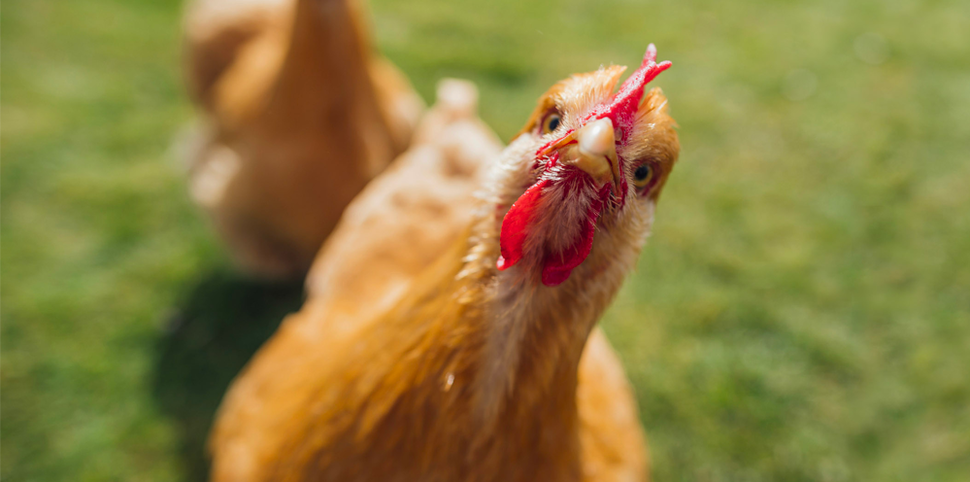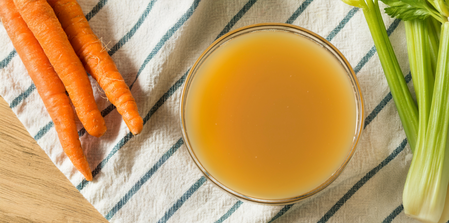Are Your Pets Eating Food or Feed?

When searching for the best food for our pet, we know to look for ingredient names like chicken, beef, peas, etc. However, pet food is not subject to the same safety standards or ingredient definitions as human food. There are two grades of food used in the pet industry: Human-Grade and Feed-Grade. For pet parents to really know what's in their pet's food it's helpful to understand the difference.
Human-Grade Food
For a food to be considered human-grade in the U.S., it must meet all safety standards set by the Department of Agriculture (USDA). This isn't just limited to the ingredients being safe for human consumption – they must remain safe throughout the entire production process, from farm to manufacturing facility and through transportation until you purchase it in store. For pet food manufacturers to make a human-grade claim or label it on their packaging, they must meet these same standards which are much stricter than what feed-grade products must comply with.
It comes as no surprise that human-grade food is the best choice to feed your pet. But what is shocking and confusing is that human food and pet food ingredients share the same names but not the same definitions.
Take chicken as an example. When ‘chicken’ is an ingredient in human food, it means chicken meat that is safe for human consumption, and we visualize plump, juicy chicken meat. When used in pet food, a very different definition applies.

Feed-Grade Food
Most commercial pet food is considered feed-grade and is defined by the Food and Drug Administration (FDA) as containing at least one ingredient not considered safe for human consumption. While some of these ingredients may start out as human-grade or USDA-approved, it is not required. Food can be degraded or contaminated during the manufacturing process and can include chicken frames and meat from diseased, disabled, dying, or deceased animals. Pet food companies aren’t mandated to provide detailed information about the source of their ingredients, they can simply call it ‘chicken’.

You might be wondering how this masquerade got started. The problem began with the Association of American Feed Control Officials (AAFCO), a private organization that provides state, federal, and international feed regulators with ingredient definitions, label standards, and laboratory regulations for pet food. But the charade continues when our perception of ingredients is reinforced by product names that include ‘free-range chicken’ and images of plump, juicy chicken on the packaging.
The Informed Consumer
To make sure your furry friend gets the best nutrition possible look for pet food that is labeled “human-grade ingredients” on the front of the packaging. This ensures that the entire pet food (including every single ingredient) meets human-grade standards.



